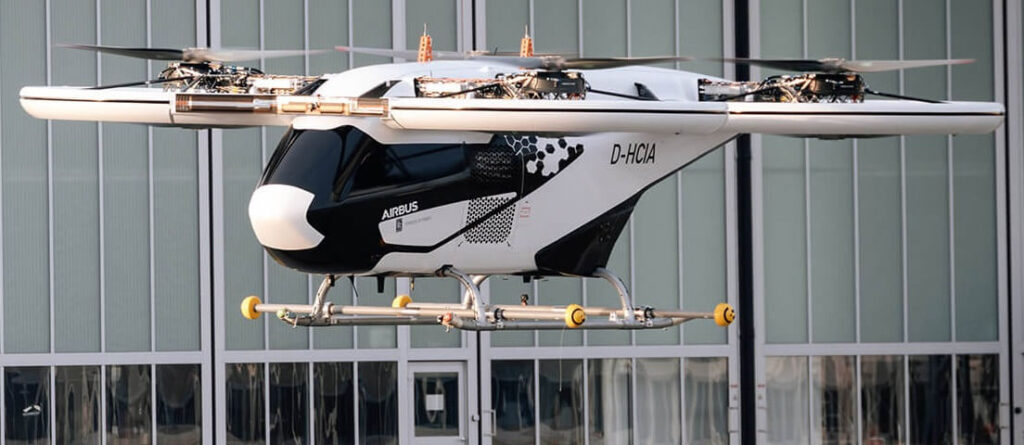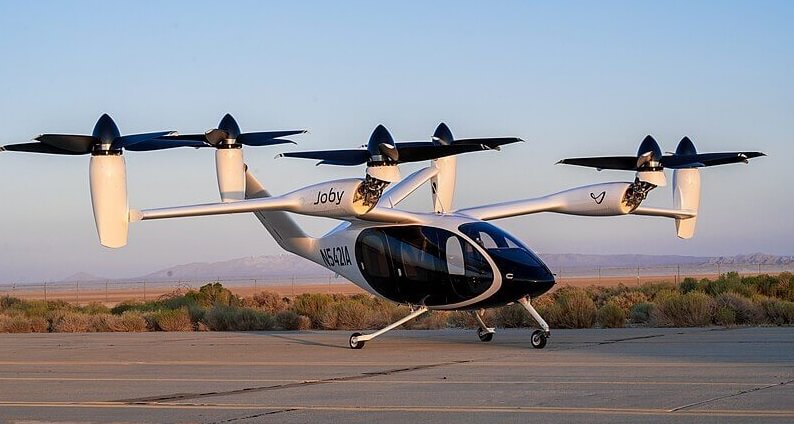
Military aviation stands at a crossroad. The familiar silhouettes of helicopters and fixed-wing aircraft, while still dominant, face the rising tide of novel technologies like electric vertical take-off and landing (eVTOL) and short take-off and vertical landing (sVTOL) aircraft. These new players promise to revolutionize the battlefield, offering agility, speed, and flexibility that traditional aircraft struggle to match. But which technology will ultimately hold the key to the future of military aviation? The answer, as it often is, lies in understanding the unique strengths and limitations of each contender, and recognizing that the future will likely be a collaborative dance between eVTOL and sVTOL.
eVTOL: The Silent Revolution

Electric vertical take-off and landing (eVTOL) aircraft are the new darlings of the aviation world. Powered by electric motors and multi-rotor configurations, they offer several advantages over traditional helicopters. Their electric propulsion makes them significantly quieter, reducing noise pollution and improving stealth capabilities. Additionally, their simpler design promises easier maintenance and potentially lower operating costs. This makes them ideal for missions like reconnaissance, troop transport, and medical evacuation in urban environments or behind enemy lines.
Companies like Joby Aviation and Archer Aviation are already developing eVTOL prototypes for military use. The Joby S4, for example, boasts a range of 150 miles and a cruising speed of 200 mph, making it suitable for transporting small teams or critical supplies. However, eVTOL technology still faces challenges. The current range and payload capacity of these aircraft are limited, and their dependence on battery technology restricts their operational time. Additionally, their lack of high-speed capabilities makes them unsuitable for long-range missions or high-intensity combat.
sVTOL: Speed and Power Take Flight

Short take-off and vertical landing (sVTOL) aircraft offer a different approach to vertical flight. Unlike eVTOL, which rely solely on electric motors, sVTOL aircraft often combine jet engines with lift fans or tilting wings. This allows them to achieve higher speeds and greater payloads than their electric counterparts. The Bell V-22 Osprey, a well-known example, can carry up to 32 tons of cargo and cruise at speeds exceeding 300 mph. These capabilities make sVTOL ideal for long-range troop deployment, rapid response, and heavy equipment transport.
Boeing’s F-35B Lightning II, another sVTOL aircraft, is already transforming the capabilities of air forces around the world. Its ability to land vertically on aircraft carriers expands operational flexibility and opens up new strategic options. However, sVTOL technology also comes with drawbacks. The complexity of their design makes them more expensive to maintain than traditional aircraft. Additionally, their reliance on jet fuel creates noise pollution and a larger logistical footprint.
Also Read: Aviation Psychology – an emerging field
The Future: A Collaborative Ecosystem
The future of military aviation is not a binary choice between eVTOL and sVTOL. Instead, it is likely to be a collaborative ecosystem where both technologies play complementary roles. eVTOL aircraft, with their quietness and low operating costs, will excel in missions requiring stealth, agility, and short-range transportation. sVTOL, on the other hand, will dominate where speed, payload capacity, and long-range capabilities are paramount. Additionally, hybrid solutions combining elements of both technologies could emerge, offering a balance between the advantages of each.
Beyond Technology: Challenges and Opportunities
The integration of eVTOL and sVTOL into military operations will require more than just technological advancements. Policy frameworks, infrastructure development, and regulatory guidelines need to be adapted to accommodate these new aircraft. Additionally, training pilots and developing effective tactics for utilizing these technologies will be crucial.
Despite the challenges, the potential benefits of eVTOL and sVTOL are significant. These technologies have the power to transform the way militaries operate, offering increased efficiency, enhanced capabilities, and strategic flexibility. As development progresses and the technology matures, the future of military aviation promises to be a dynamic and exciting space, where the sky is no longer the limit.

